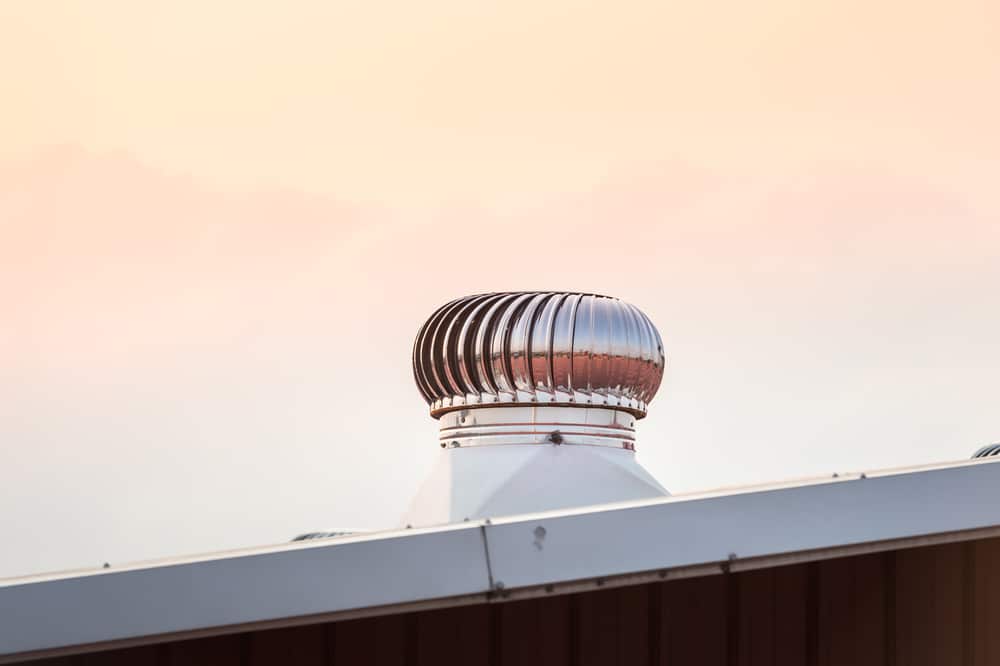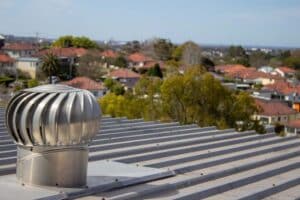Have you ever found yourself in a hot attic or loft, wiping your brow and thinking, “there must be a better way to ventilate this space?” You’re not alone. This discomfort is a result of poor ventilation, which can impact not only the attic but the overall temperature and air quality of your home. But here’s the catch: not all ventilation solutions are created equal. So, the question is how do you choose between a whirlybird and traditional ventilation methods? Let’s find out!
Understanding Whirlybird Ventilation
Whirlybird ventilation, also known as wind turbines, is a form of passive ventilation that relies on natural wind power. Whirlybirds comprise a series of vanes coupled to a rotating shaft. As the wind blows, it propels the vanes, spinning the shaft, extracting the hot air from your home.
Benefits
- Eco-friendly: Whirlybirds use natural wind power, making them an environmentally friendly option with zero operating costs.
- Ease of installation and maintenance: These units are relatively easy to install on your roof and require little to no maintenance.
Limitations
- Wind dependency: Whirlybirds’ efficiency hinges on wind speed. In areas with little or inconsistent wind, their performance might be compromised.
- Size limitations: Whirlybird units may not be sufficient for larger spaces or homes with substantial heat build-up.
Understanding Traditional Ventilation
Traditional ventilation systems are diverse, ranging from simple static vents to more complex solutions such as HVAC (Heating, Ventilation and Air Conditioning). Traditional vents function by creating openings in your attic or roof to allow air to passively move in and out. On the other hand, HVAC systems work actively using electricity.
Benefits
- Consistency: Regardless of weather conditions, traditional ventilation systems provide stable, reliable ventilation.
- Control: With a traditional system, you have more control over the ventilation process and can adjust it as per your needs.
Limitations
- Operational costs: Unlike Whirlybirds, traditional systems can incur operational costs. They consume electricity, and in the case of HVAC systems, these costs can be substantial.
- Maintenance: Traditional ventilation systems require regular check-ups and maintenance to keep them working effectively.
How To Choose The Right Ventilation
Choosing between Whirlybird and traditional ventilation systems is akin to selecting the right pair of shoes; it needs to fit your home and your needs perfectly. Here’s what to consider:
- Home Size and Design: Larger homes or those with complex designs might benefit more from traditional systems, especially HVACs.
- Climate: If you live in an area with consistent wind, Whirlybirds could be a cost-effective and eco-friendly solution.
- Budget and Energy Consumption: If you are energy-conscious or working with a tight budget, the low operational cost of Whirlybirds can be attractive.
Ready For A Breath Of Fresh Air?
Choosing the right ventilation system can be confusing. But don’t sweat it! Our team at Garden City Roofing is ready to help you navigate your options and make the perfect choice. Contact our experts today for perfect home ventilation solutions!




